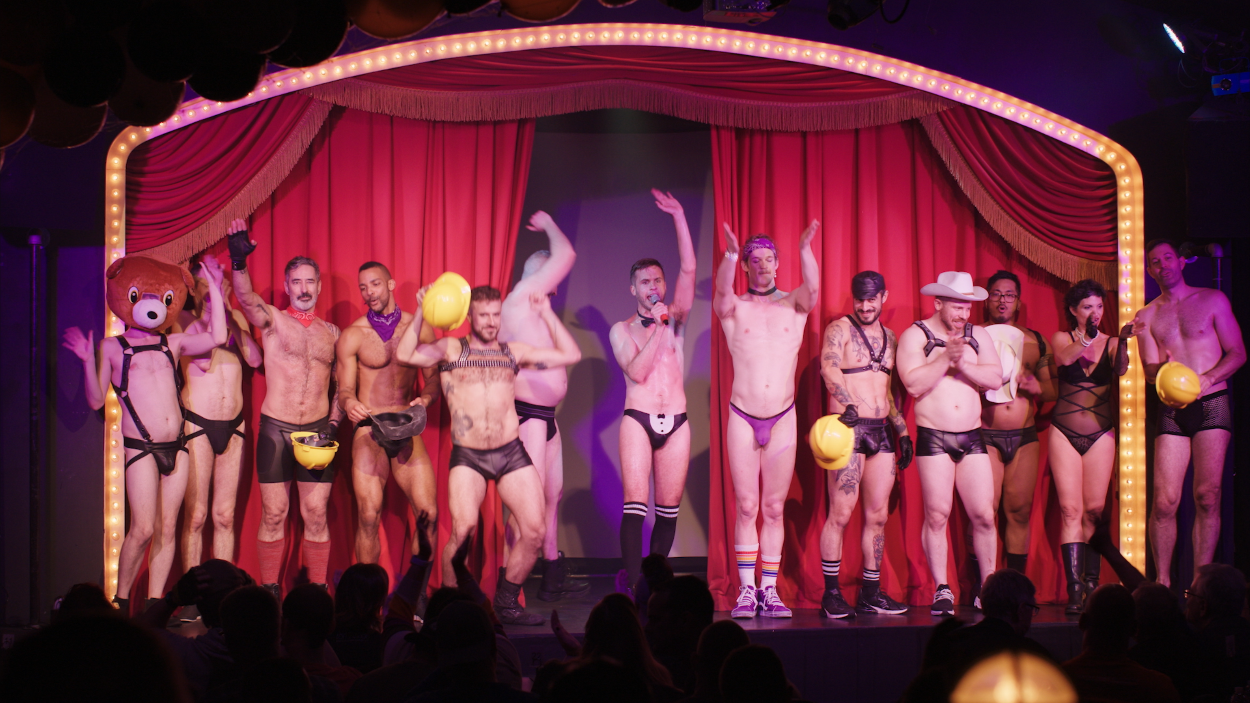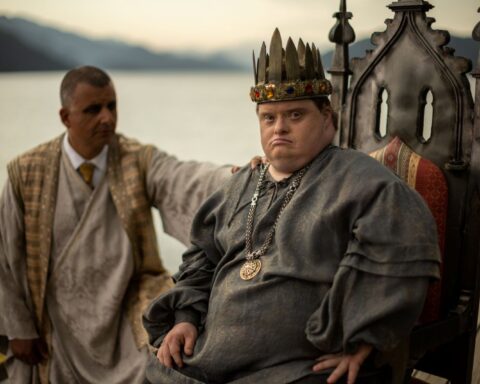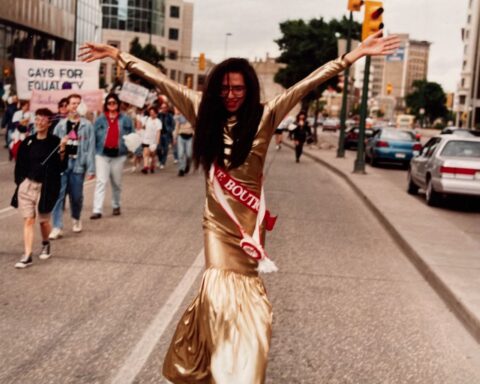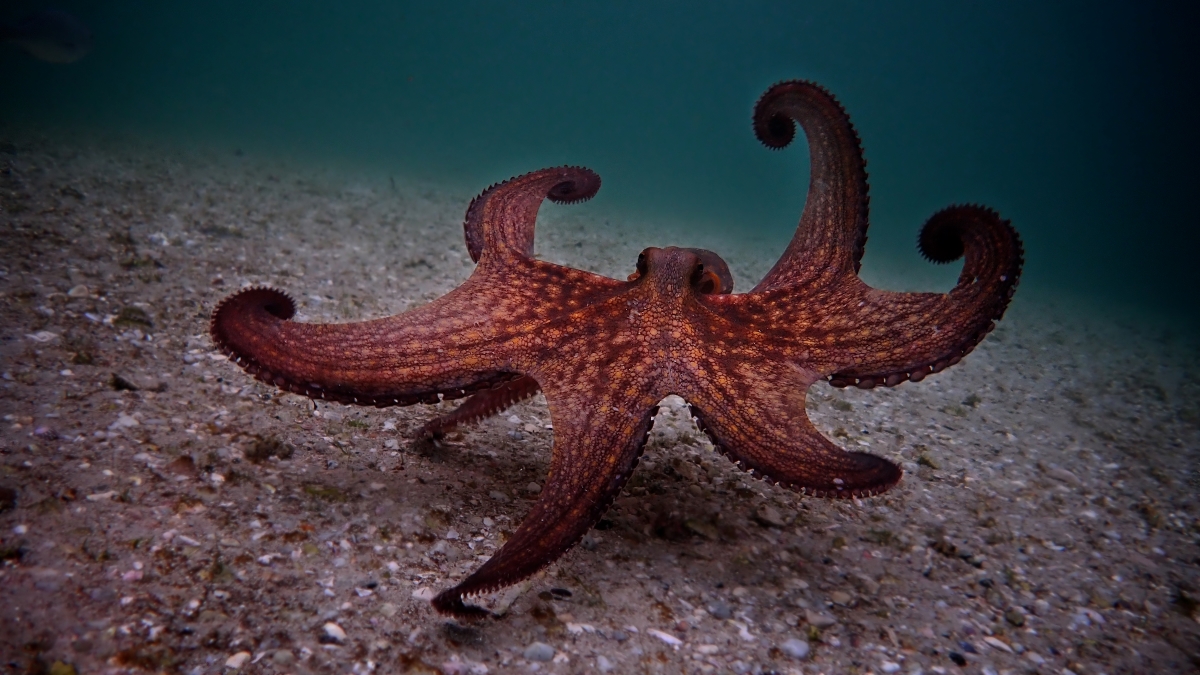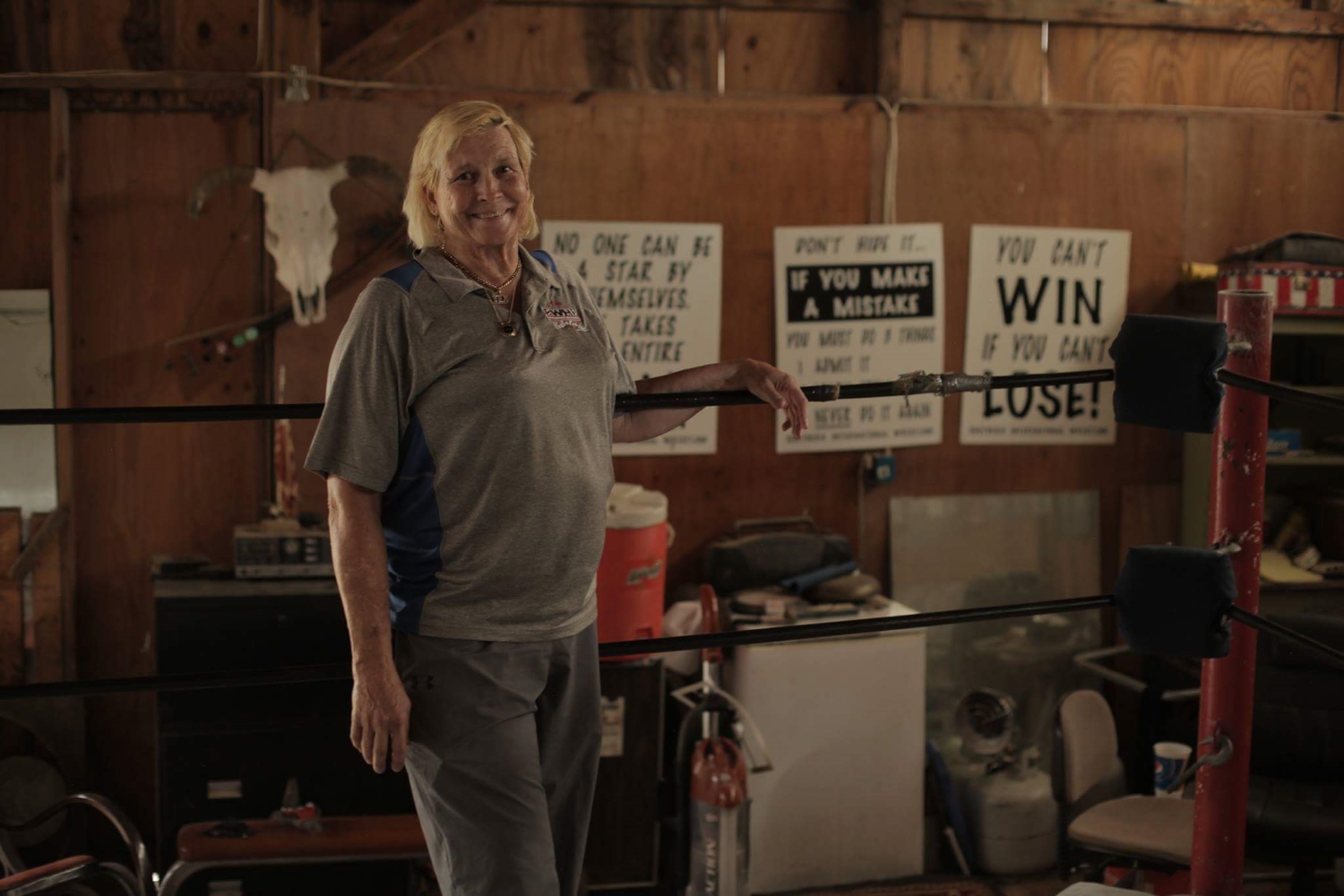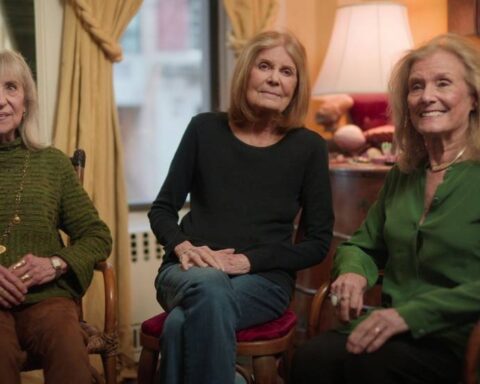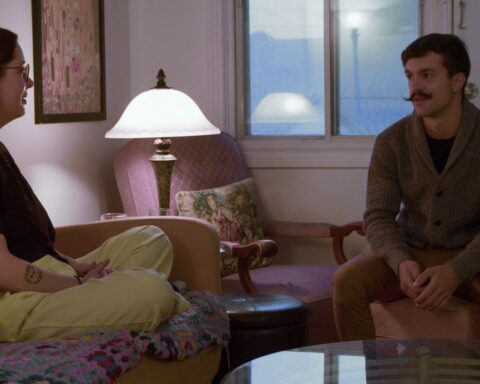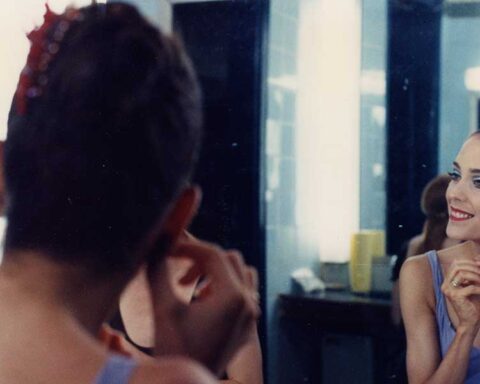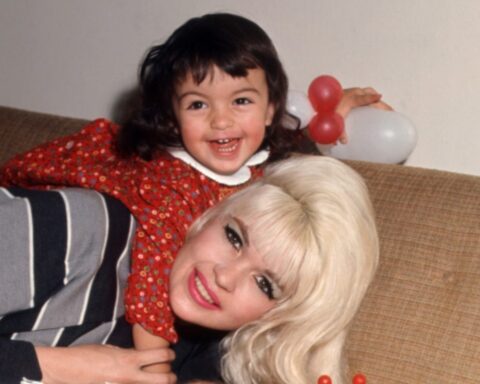Baloney: A Queer Male Burlesque Documentary
(USA, 70 min.)
Dir. Joshua Guerci
One rarely expects to find a fine cut of meat amid a slab of baloney. However, the story of the gay all-male burlesque show named after the tubular protein gives reason for audiences to shake their moneymakers. This fun portrait of the Baloney boys who strut their stuff and bare all for audiences to see is a sex-positive celebration of queer life. Created by partners Michael Phillis and Rory Davis, Baloney is a backstage doc about the creation of alternative art. The burlesque show, ironically, is neither all male nor is it all gay. It features a sprinkle of straight men and a woman amid a sea of over-caffeinated homosexuals. However, Baloney is, hilariously, one of the most unabashedly flamboyant spectacles one could ever see.
Director Joshua Guerci goes behind the scenes with Phillis and Davis as they plan and prep their DIY affair. The men make do in their apartment, shifting space to double and triple as an office bay and rehearsal area. It’s all done with a smile and a giggle, though. Phillis and Davis know they have a rare shot to making a living by pursuing their passion. Moreover, they recognize that mounting a show can amount to a once-in-a-lifetime shot. The film hones in on their effort and finds a story of what it means to stay authentic in a competitive landscape.
Giving the People What They Want
The story behind Baloney is actually a bit of a pickle, as Phillis shares the genesis in interviews. He recalls the challenges of finding secure and meaningful work in San Francisco’s theatre scene. No matter the role and no matter play, however, Phillis admits that audiences for gay theatre delighted whenever an actor delivered upon expectations to whip his clothes off. Cue a brainwave. Actors might want to play Hamlet, but Baloney recognizes that audiences mostly want ham.
Baloney doesn’t take itself too seriously as it chronicles the making of this celebration of gay lust and desire. The show isn’t a bawdy show per se, since California laws prevent everything from being on display lest the gents prefer to be a “certain kind” of establishment. Instead, the cabaret show is a joyful exercise in pure camp. There are elements of drag and dinner theatre here, but it’s really just an elevated variety show with sex on the brain.
The Baloney Boys (and Girl)
Guerci spends ample time with the performers as well to learn their stories. Ryan Patrick, for example, opens up about his comparatively lucrative career as a sex worker. Being a lady of the night lets him avoid struggling as a starving artist. However, he acknowledges that it’s hard to balance work and plays when one role pays much better. But his candidness also lets Guerci open the conversation of sex positivity to include sex work, as Patrick notes the relative security that comes with establishing a reliable set of familiar clients.
The interviews and verité scenes glimpse at the borders people create while enacting gender roles, and how they can dissolve them. For example, Baloney engages with the image of the male physique as performers enact a call and response bit that pits the troupe’s token straight guy against an effeminate gender-bending queer player. The physical comedy of the show therefor invites onlookers to find humour in prescribed gender norms. Similarly, the “gay all-male burlesque” finds one if its star performers in Beth Miles, the lone lady on the stage. In some ways, she gets the most flamboyant bits, but her presence is significant as it invites an inclusive audience. Encouraging the laughs and cheers of allies is part of the show’s power.
Similarly, performer Pablo Escobar, for example, dissects the labels “gay” and “queer” to note his preference for the latter. Even the all-male part of Baloney isn’t all “gay.” The show ultimately empowers wider representations of gender expression and queerness. By stripping down and baring all, the Baloney boys find more to say in burlesque than they find in some of the scene’s most dead-serious dramas.
Celebrating the Nightlife
Then Baloney makes the timeline of events clear as the gang performs a show to ring in 2020. The COVID-19 pandemic shuts the production down shortly after it began and everyone must again confront the artists’ eternal struggle. The film sees the troupe re-imagine the space and nature of live theatre as they lasciviously lather windshields at a carwash or re-enact Flashdance with a twist of cheeky camp on the street.
Baloney is a burst of gay pride that encouraging audiences to see the sparkle that artists, performers, and dancers of all stripes bring to our lives. The film’s finale offers a hopeful return for the nightlife, and the giddy escape the doc affords might encourage audiences to consider an overdue night out. Baloney is a boisterously funny, no-frills affair—but you’ll have to see for yourself where the tassels are hidden.




